When we talk about harvesting female eggs we mean preservation of a woman's eggs or ovum and this way these eggs may be used once the woman decides to get pregnant. There are many reasons why women decide to postpone their pregnancy. Even though the best period for a woman to conceive and have a child is between the age of 24 and 30, many women are reluctant to conceive because they have other plans. They usually focus on their career or they have not found the most appropriate partner.
It is a well known fact that women become less fertile as they become older and the actual number of their eggs reduces over time. Women older than 35 may conceive but have a much tougher time doing it. Furthermore, the older the woman the greater chance of certain complications during pregnancy. All the previously mentioned makes us understand why women tend to have their eggs harvested and kept until they decide to become pregnant.

Benefits of Harvesting Female Eggs
The major benefit of harvesting female eggs is making possible for a woman to conceive after the age of 35. The very idea was obtained from the concept of egg donation. In egg donation young women donate their eggs to older women and this allows older women to become pregnant. The conclusion scientists made was that the actual age of the egg is much more important than the age of the woman who is trying to conceive.
The quality of a woman's egg in her 20s is better than in her 30s. Harvesting eggs is also beneficial for women who may have difficulties conceiving due to certain conditions. Once the woman is cured for the underlying illness or the disease is brought under control she may use her egg and become pregnant.
Harvesting Female Eggs - the Very Procedure
The very process is not so difficult. Normally one egg is released during each menstrual cycle. This is why women whose eggs are going to be harvested are given injectable hormones which help in production of more than one egg. The injections are administered for 10 to 12 days without discontinuation. What follows is monitoring of the estrogen levels and the size of the follicles and the doctor decides when the eggs are mature enough to be taken.
The mature eggs are extracted with a needle and the whole procedure may only require mild sedation. After being taken the eggs are placed in a cryoprotectant which is essential in preservation of the harvested eggs. Once a woman decides to get pregnant the eggs are fertilized with a single sperm taken from her partner and the embryos are implanted into the uterus.
- The harvesting of multiple eggs is an invasive and uncomfortable two-stage process requiring many clinic visits, multiple injections of hormones, and minor surgery at the least. Both stages, ovarian suppression and what is known as "ovarian stimulation", require the use of powerful hormones and other drugs to manipulate a woman’s body into producing many, often a dozen or more, eggs at a time rather than the normal one or two. The mature eggs are then collected surgically for use in IVF or in research.
- The most immediate serious risk from ovarian stimulation is ovarian hyperstimulation syndrome (OHSS). The American Society of Reproductive Medicine (ASRM) acknowledges that mild forms of OHSS occur in 10–20% of cycles. Symptoms of mild forms of OHSS include nausea, vomiting, diarrhea, and abdominal distention.
- More severe forms of OHSS requiring hospitalization are "by no means rare" according to the ASRM. Thromboembolism, renal failure, adult respiratory distress, and haemorrhage from ovarian rupture have all been reported, but the rates of occurrence vary widely. As of June 2005 five women in the UK were known to have died of OHSS.
- The US FDA currently has on file more than 6000 complaints regarding Lupron, including 25 reported deaths, but none of this has been investigated or analysed sufficiently to provide women contemplating egg donation the information necessary for making an informed choice.


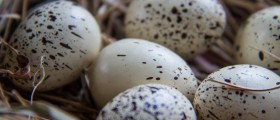
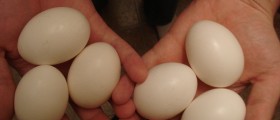
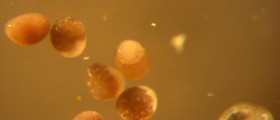

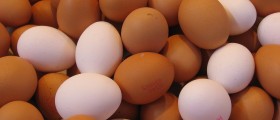

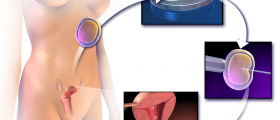

_f_280x120.jpg)



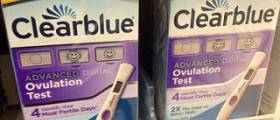


Your thoughts on this
Loading...